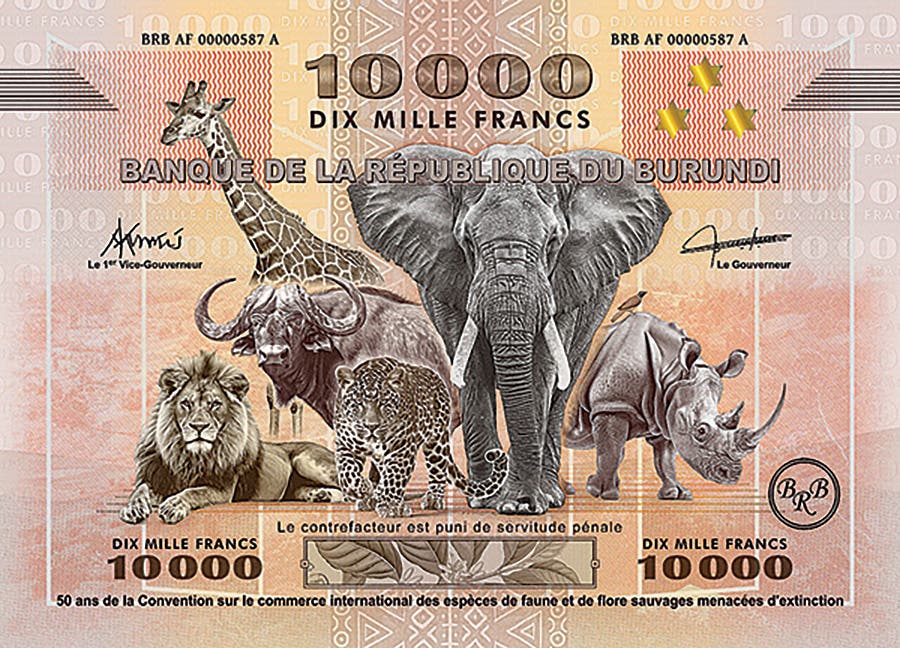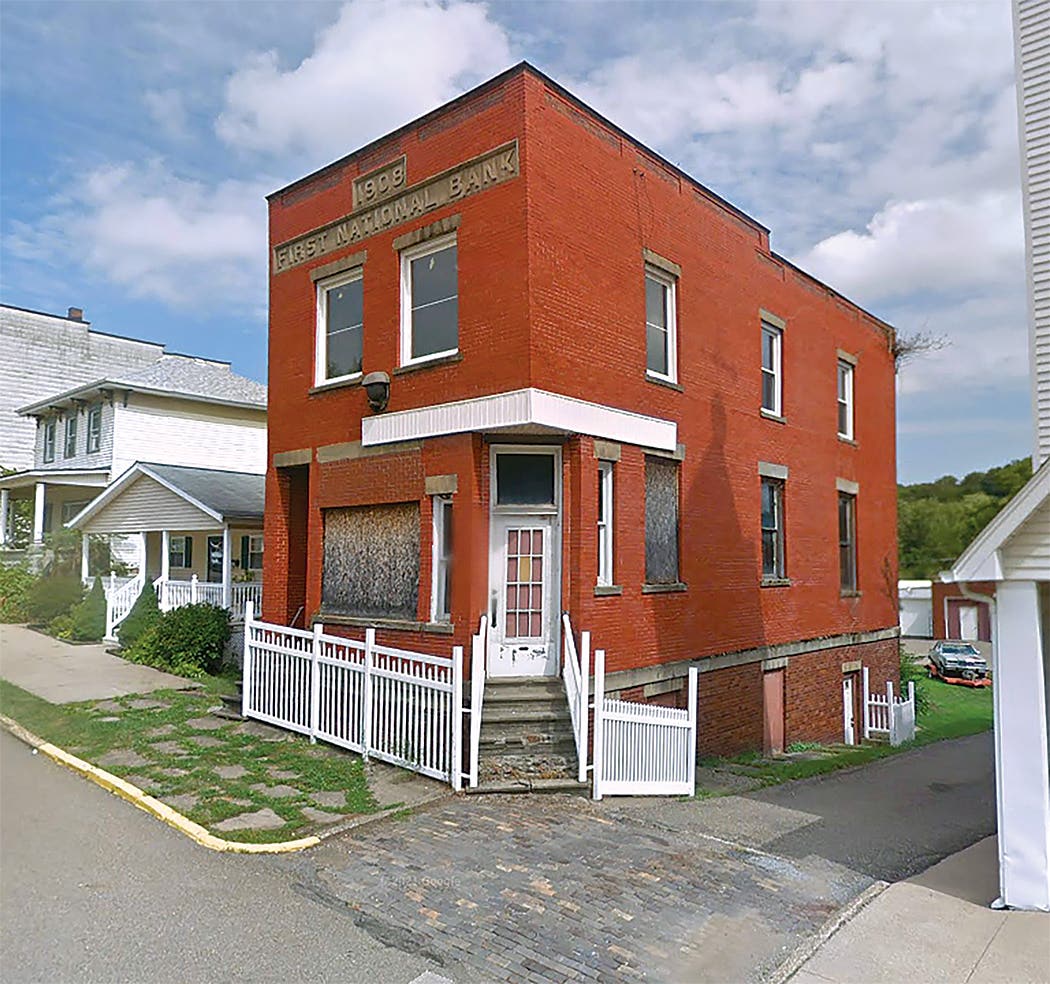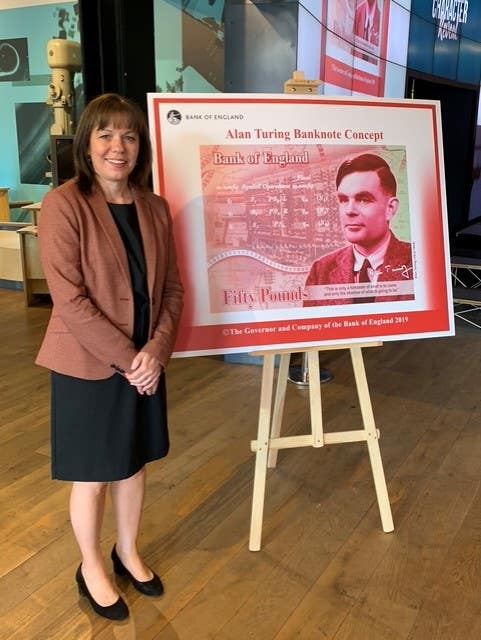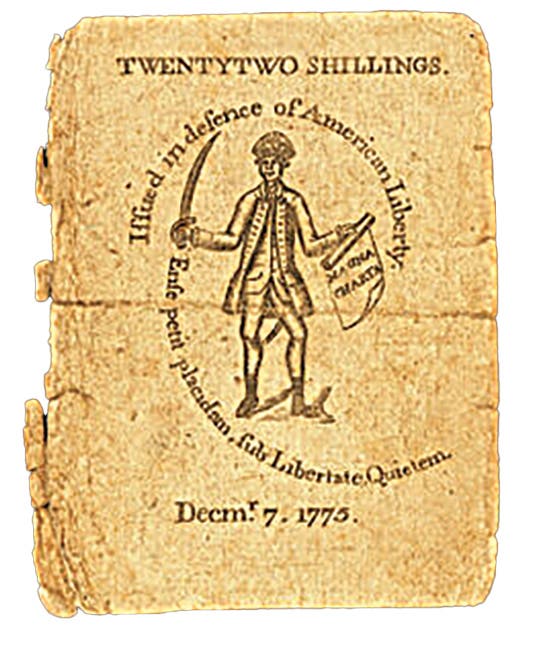Changes, innovations at BEP
By Peter Huntoon and Derek Moffitt Changes in currency production are occurring at the Bureau of Engraving and Printing and more are on the way. The most visible recent innovations…
By Peter Huntoon and Derek Moffitt
Changes in currency production are occurring at the Bureau of Engraving and Printing and more are on the way.
The most visible recent innovations are: (1) the introduction of LEPE (large examining and printing equipment) machines that number, separate notes from sheets and package the finished notes, and (2) 50-subject plates. LEPE machines were first used for 32-subject production beginning in Fort Worth in 2012 and Washington in 2013. The 50-subject plates went into production in 2013.
The LEPE machines were designed to process 50-subject sheets, but they also handle 32-subject sheets and will continue to do so until the 32-subject format is phased out.
Fifty-subject LEPE sheets are just now beginning to be sold to collectors. The first releases were at the 2016 ANA convention in Anaheim in August 2016. The sheets sold in Anaheim were $1 Series 2013 regular production stock bearing K948xxxxxE serial numbers.
The new 50-subject sheets have radically new layouts. They are 10 notes down and five across. The rows are lettered A through J from top to bottom. The columns are numbered 1 through 5 from left to right. The plate positions appear inside the upper left border as A1 (upper left) through J5 (lower right).
The size of the numerals used to denote the column numbers are same size as the letters used to denote the rows. Consequently, the 50-subject notes are readily distinguished from those from 32-subject sheets.
Serial numbering on the LEPE machines is revolutionary. They number the 50-subject sheets in groups of 100 sheets where the serial numbers advance by 100 through each of the subjects on the same sheet. The lowest number on a sheet appears in the upper right position and the highest number appears in the lower left position. The numbers advance downward beginning in column 5. They then progress downward through the remaining columns from right to left.
The upper right serial number on the sheet that Huntoon bought is K94800100E (A5). The lower left is K94805000E (J1).
Notice that the group of 100 sheets from which Huntoon’s came carries a complete sequence of 5,000 serials numbers from K94800001E through K94805000E. Huntoon’s sheet was the bottom sheet in its group.
After numbering the group of 100 sheets, the machine moves the group to knives that cut them apart, bands them into 100-note straps, and collates the straps in numerical order.
It then numbers the next 100 sheets.
An important detail is that when the LEPE machine is numbering a given group of sheets, numbering is from the highest to lowest serials in each of the respective plate positions. This is done so that the sheet with the highest serials is on bottom of the stack and the sheet with the lowest is on top. Consequently, the sheet Huntoon got carries the highest serials in its group, but was the first numbered in that group.
Huntoon was told that the numbering blocks on the LEPE machines mechanically cycle through the numbers that are being printed. After a group of 100 sheets has been numbered, the blocks mechanically advance to the numbers needed for the next 100 sheets.
The next group of 100 sheets carries the next 5,000 lower serials.
The BEP numbering presses, with the likely exception of those used for National Bank Notes, have been numbering from the highest to lowest serials since at least the advent of the four-subject Harris rotary numbering presses in 1910. This is done so that the notes came out in consecutive order with the lowest serial on top.
The entire distribution and accounting system from the BEP through the Federal Reserve banks is based on bricks of 4,000 notes. Currently the standard serial numbering production run for $20 and lower denominations is 200,000 32-subject sheets, or 6,400,000 notes (1,600 bricks). In order to maintain this same job quantity, the new LEPE 50-subject numbering runs for the same notes consist of 128,000 sheets.
Incidentally, the following is the in-house jargon used for the packaging and accounting of notes in the distribution pipeline: strap = 100 notes, bundle = 1,000 notes, brick = 4,000 notes, cash-pak = 16,000 notes, skid = 640,000 notes.
The LEPE machines also can and do handle 32-subject sheets. They number those sheets in 100-sheet groups as well, where when finished the 3,200 notes in the group have 3,200 consecutive serial numbers. Imagine the gyrations that have to take place within the numbering blocks before the next group of 100 sheets is numbered. They are clever devices indeed.
Salvaged $100s
A huge problem with the production of the new Series of 2009 $100s was creasing associated with the presence of the wide security threads in the notes. Distribution of the initial production from the faulty sheets printed during 2010 was terminated and the notes stockpiled until automated single note inspection machines could be devised to salvage the good notes. The salvaging process has been ongoing and the salvaged $100s are now reaching commercial banks and circulation.
Of course, the result is that the salvaged $100s are not being delivered in unbroken serial number order. The mutilated notes have been pulled out but not replaced with star notes. Instead the salvaged notes are being packaged without regard to serial number and their order is jumbled, although sequential runs are being found.
This process has caused everyone involved to rethink serial numbering. Treasury officials and their overseers in Congress still want every note to bear a unique serial number for a given series and denomination as a first line of defense against unauthorized production of duplicates. However, owing to the realities that attended the salvaging of the $100s, they no longer feel that it is necessary to deliver notes in perfect numerical sequence, or, if that sequence is broken by misprints, to maintain counts by substituting star notes.
The quest now has devolved into simply delivering notes each of which has a unique serial number for the series and denomination.
So where is this going? One obvious fallout is that it probably will allow for the phasing out of star notes. There is no practical reason for fooling with star notes if deliveries are simply based on counts.
There are voices throughout the Federal Reserve System that will welcome this development. The officials in the Federal Reserve banks have grown weary of handling inquiries from bankers and the public wanting to know what those little stars are all about when people run across them. These inquiries have never stopped since the introduction of star notes in 1910, so answering them soaks up a huge amount of time that Fed management feels is wasteful.
ns-LEPE Machines
The BEP has recently released specifications for its the next generation of LEPE overprinting machines. These are called ns-LEPE machines. The ns-prefix stands for non-sequential.
The bureau already operates two LEPE machines in Fort Worth and one in DC. They wish to purchase three ns-LEPEs and eventually retrofit their existing machines into the ns-LEPE configuration.
The BEP will significantly change the finishing operation for U.S. currency with implementation of the ns-LEPE machines. This change will eliminate the use of star sheets and star straps, both of which now serve as stand-ins to maintain the counts within the numeric sequence of the final product. The change also will incorporate reclamation of notes from defective sheets into the finishing operation.
As the sheets are fed through, they will be machine inspected both prior to and after they have been overprinted. Rejects from the first inspection will be shunted to a waste bin. It is apparent that a primary objective of this inspection is to reject grossly damaged sheets that will not cover all the printing heads. That problem allows ink to print on the pressure roller instead of the sheets, which then offsets to the backs of successive sheets. The first-inspection rejects will not allow for salvaging of good notes because they won’t have overprints.
The ns-LEPE machines will process sheets into 100-sheet groups similarly to the LEPE machines. However, if the sophisticated computerized examining sensors detect a misprint after a sheet is overprinted, that sheet will be shunted to a reject bin.
This second machine inspection is sophisticated. The following quote is from BEP (2016, p. 28): “The ns-LEPE shall inspect the typographic printing to ensure it has been correctly applied to each note on every sheet printed. The ns-LEPE shall verify that the correct serial number was printed, the print quality of the serial numbers, bank identifiers and typographic seals are acceptable, and the registration of the typographic elements on the notes. The system shall allow for rejection of individual sheets based on failure of Serial Number Verification, Seal Inspection or Registration results.
“The ns-LEPE shall verify both the serial numbers and print quality of the serial numbers on every note. The ns-LEPE shall Optically Character Read both serial numbers applied to each note to verify that the correct serial number has been applied. The ns-LEPE shall verify all digits, including prefixes and suffixes, are correct.”
Once a full 100-count group of good sheets is overprinted, the notes in the group will move on to separation and packaging. The counts will be right but there may be gaps in the serial number sequences within the group.
Imagine the dance that will have to take place within the numbering blocks on the ns-LEPE machines at the start of each group of 100 sheets.
If a recurring problem consistently is affecting a specific plate position, the groups of sheets can be allowed to proceed to separating and packaging. However, the operator will “redline” the offending position so that the machine will automatically reject straps originating from it.
In due course good notes will be salvaged from both the rejected sheets and redlined straps. The notes in the rejected sheets will have to be separated whereupon they along with good notes from the redlined straps will be salvaged through the use of single note inspection machines. The salvaged notes will be packaged separately by count.
The result will be little different than what is now occurring with the salvaged $100s. Every serial number on the delivered notes will be unique to the series and denomination, but the notes will be packed on the basis of counts.
The technical specifications for the ns-LEPE machines do not provide definitive information about the order in which the sheets will be numbered. We assume that numbering will follow the pattern used by the existing machines; specifically, that jobs will be numbered from the high to low serials.
Other features are being designed into the ns-LEPE machines that may titillate your imagination. The machines are being built to have the flexibility to handle feedstock made of polymer, mixed paper and polymer, and paper having raised tactical features. The numbering mechanisms will have the flexibility to handle numbering blocks that can apply vertical serial numbers as well as serial numbers consisting of strings of characters of variable size.
Overprinting Mechanisms
I don’t have photos of the serial numbering blocks and blocks that overprint the district identifiers from LEPE machines. However, those elements from COPE machines are reproduced here as Figs. 3 and 5, which are screen grabs from a video by Ashley Adams. I suspect you will find these two photos to be particular revealing.
Fig. 3 is a block that prints the black Federal Reserve seal and district identifiers on the left side of modern $5 and higher denomination notes. Notice that the district letters and numbers are mounted on a wheel that allows the operator to set the desired district.
This mechanism easily explains errors that have been found with partially turned district identifiers. See Fig. 4. It probably also has been or will become the source for mismatched or wrong district identifiers.
The specifications for the ns-LEPE machines reveal that the character set on the wheels in the district blocks carry A1 through L12 plus TEST and a blank non-printing space. The wheel shown on Fig. 3 appears to be the same. Notice above the A1 that there is a blank and beyond that is TEST.
Fig. 5 is a serial numbering block used to number modern $5 and higher denomination notes. A close examination of it reveals that both the letter and number wheels rotate on the same axis as expected. However, notice that there are 13 characters on the letter wheels whereas there are only the 10 numbers on the number wheels. This allows them to put half of the alphabet that is used plus a blank and star on two interchangeable wheels. The letter O is omitted. A star is barely visible above the left A on Fig. 5.
You can see the push rods above the characters that position the various characters in the string. Notice that the rods associated with the letters are shorter than those for the numbers because there are more characters on the letter wheels so they don’t need to be turned as far when a change is made.
The chart on Fig. 6 shows the specifications for the character strings for the ns-LEPE machines. Those numbering blocks will allow for as many as four prefix letters. Two different letter wheels, which can be swapped, are required to get at the available alphabet for four of the lettering positions.
Sources of Information and Photos
Adams, Ashley, Money factory: https://www.youtube.com/watch?v=PawUuHozBPY
Bureau of Engraving and Printing Chief Financial Officer, 2011, Performance and accountability report: U. S. Treasury Department, 50 p.
Bureau of Engraving and Printing Office of Acquisition, July 25, 2016, Non-sequential large examining and printing equipment (ns-LEPE), Federal contract opportunity BEP-RFP-17-0477 for printing machinery and equipment manufacturing at Bureau of Engraving and Printing: U. S. Treasury Department, 85 p.
This article was originally printed in Bank Note Reporter. >>Subscribe today
More Collecting Resources
• The Standard Catalog of United States Paper Money is the only annual guide that provides complete coverage of U.S. currency with today’s market prices.
• Are you a U.S. coin collector? Check out the 2017 U.S. Coin Digest for the most recent coin prices.








